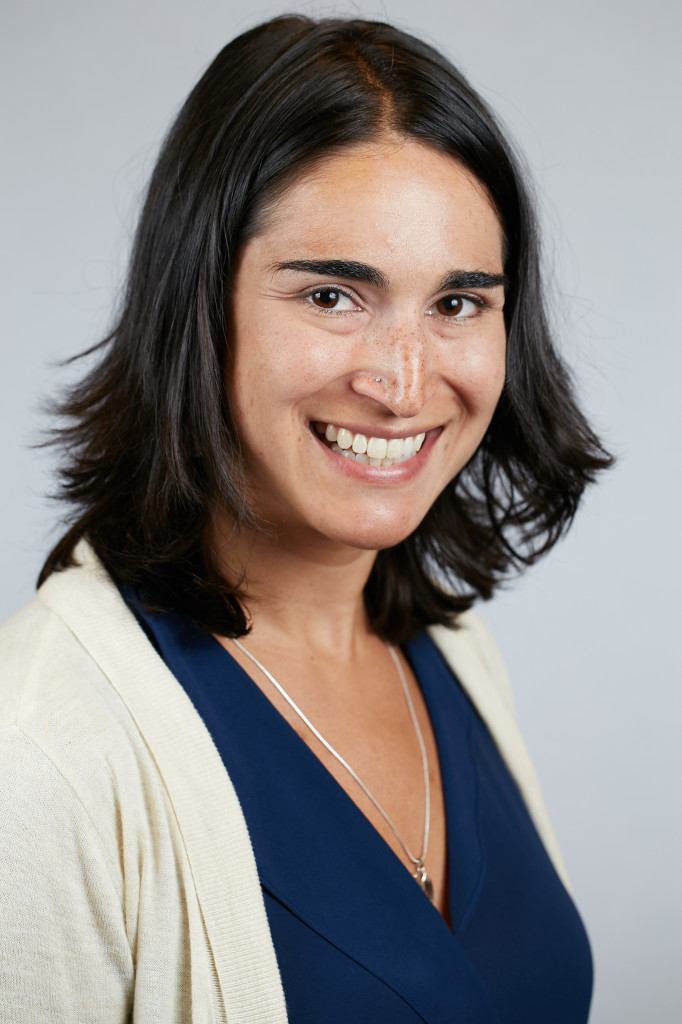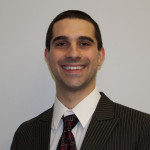Friday, November 16, 3:30-4:30pm, WEL 2.122 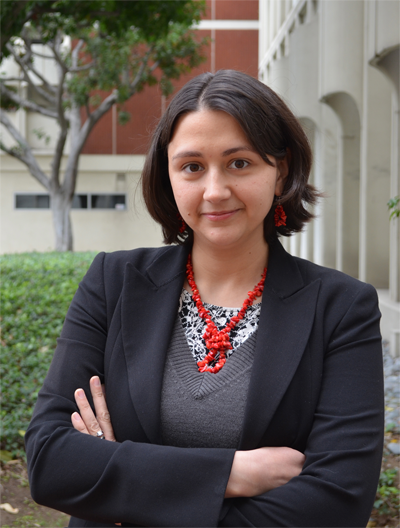
Bioinspired Coordination Complexes and Polymers for Energy Applications
Smaranda Marinescu
Assistant Professor, Dept. of Chemistry
University of Southern California
Energy harvested directly from sunlight offers a desirable approach toward fulfilling the global need for clean energy. In photosynthesis, the energy of photons is used to drive the reduction of carbon dioxide to a variety of higher energy products. This reaction is biologically important because it allows for storing of the solar energy in the form of chemical energy, which can be released later in the process of respiration. Collecting and storing solar energy in chemical bonds, as nature accomplishes through photosynthesis, is a highly appealing strategy to solving the energy challenge. The two reactions considered most often in the context of artificial photosynthesis are the reduction of carbon dioxide and water. Carbon dioxide has received attention as an abundant, economical, and renewable C1 feedstock. The catalytic conversion of carbon dioxide to liquid fuels would positively impact the global CO2 balance.
Our research will focus on the design, synthesis, and study of inorganic materials for applications to solar energy conversion. Nature uses metalloproteins to perform difficult reactions, such as the reduction of carbon dioxide or water, near the thermodynamic potential and with high turnover frequencies. With inspiration from the biological systems, we will develop synthetic homogeneous catalysts that involve hydrogen bonding networks or hetero-bimetallic species capable of small molecule activation, and multiple proton and electron transfers. These synthetic systems will be employed for the reduction of carbon dioxide. Our program will also focus on the development of catalytic surfaces that will support homogeneous and heterogeneous catalysts for the activation of small molecules, such as water or carbon dioxide.
Researchers in the Marinescu group will become experts in the synthesis and characterization of organic and inorganic species. Glove-boxes and Schlenk-lines will be routinely utilized for the synthesis and handling of air- and moisture-sensitive compounds. The characterization tools for the prepared complexes include NMR, IR, EPR, and UV-VIS spectroscopy and X-ray crystallography. The redox properties and catalytic activity of these species will be investigated by electrochemistry. The new electrode materials generated will be characterized by a variety of surface characterization techniques including SEM, TEM, XPS, and AFM.
The novel metal complexes and materials synthesized in the Marinescu group are expected to provide solutions to challenges related to solar energy conversion.
Author Metrics
h-index: 18 Total Articles: 25 Total Citations: 1379 (Web of Science, Oct. 2018)


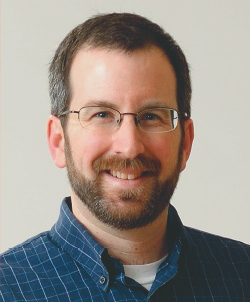
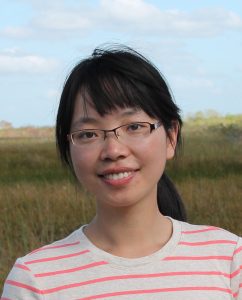
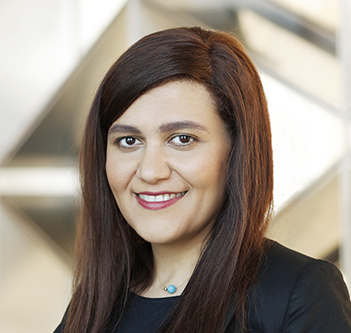

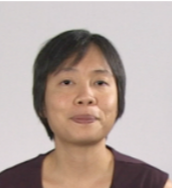
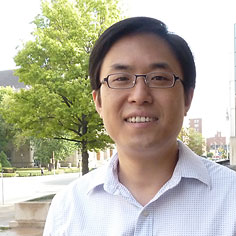


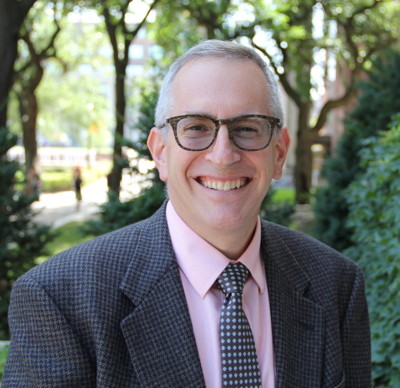
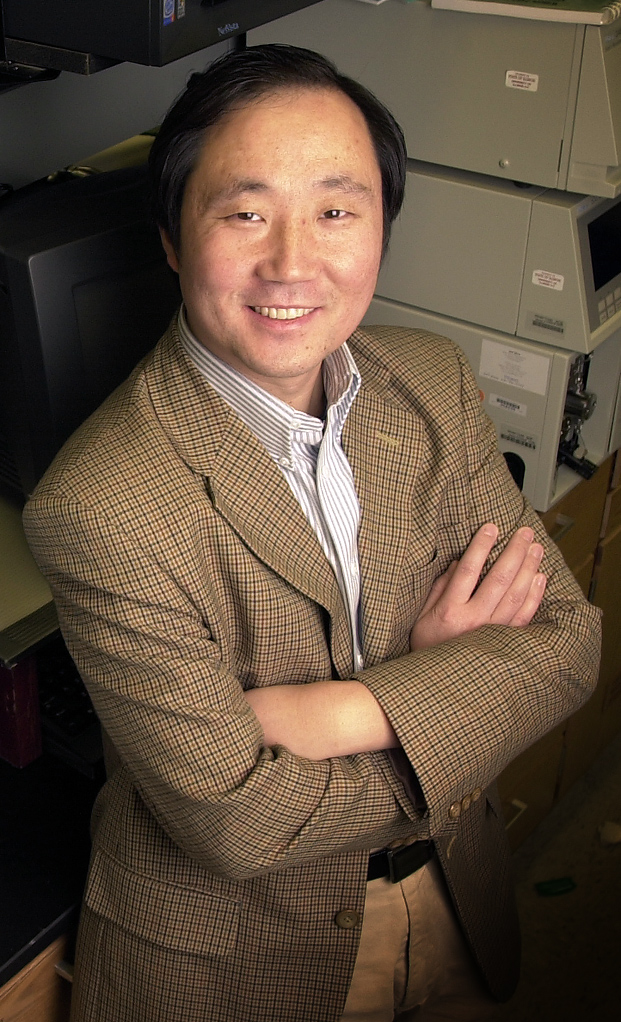

 Highly Cited in Field: 3 papers.
Highly Cited in Field: 3 papers.
